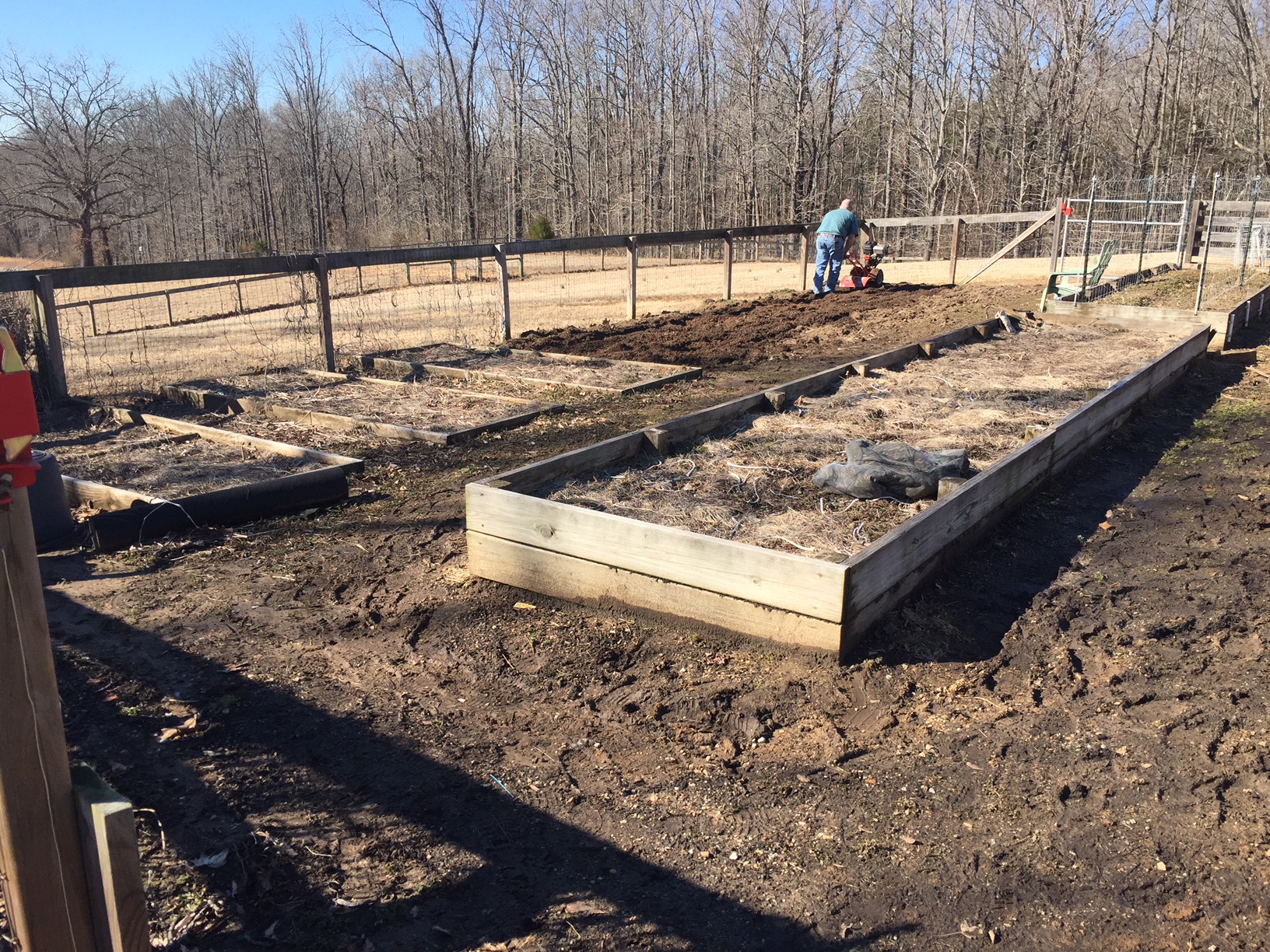In my continual effort to keep plenty of bulk seed in storage, I just ordered another 5 lbs of collard seed. That is actually quite a bit of seed and should be over 1/2 million seeds as normally there are 128,000 seeds per lb. https://www.trueleafmarket.com/pages/search-results-page?q=collards+seeds
My prepping style is to form a community of neighbors on our rural lane. To do so, we will need bulk seed. So I continually add fresh seed to my seed stores as the older seed has a lesser germination rate the older it gets. A cheap way to grow food for a lot of folks is by growing greens and by growing them almost year round. In north Mississippi I can do so by planting collards during the cool months and amaranth during the hot ones... easily 9-10 months out of the year. Both have small seed so a few lbs will grow a tremendous amount of food. If you consider that 100 collard seeds can grow 77 lbs of food, just imagine how much food 500,000 seeds can grow. Collards are a cool weather plant that can take some temps below freezing. They grow during a time of year where we always have plenty of rain. Amaranth, on the other hand loves it hot and handles dry periods very well. IMO, it is very important to plan on growing crops that you know will be able to produce in your area & climate.
Yes, I store lots of other seed, with an emphasis on the three sisters... corn, pole beans and winter squash. But since amaranth & collard seeds are so small and can produce so danged much food, IMO all preppers should keep them in storage.
Here is a single collard plant, which is around 3 feet wide. As you pick the large leaves, the plant keeps putting out new leaves from the top.

My prepping style is to form a community of neighbors on our rural lane. To do so, we will need bulk seed. So I continually add fresh seed to my seed stores as the older seed has a lesser germination rate the older it gets. A cheap way to grow food for a lot of folks is by growing greens and by growing them almost year round. In north Mississippi I can do so by planting collards during the cool months and amaranth during the hot ones... easily 9-10 months out of the year. Both have small seed so a few lbs will grow a tremendous amount of food. If you consider that 100 collard seeds can grow 77 lbs of food, just imagine how much food 500,000 seeds can grow. Collards are a cool weather plant that can take some temps below freezing. They grow during a time of year where we always have plenty of rain. Amaranth, on the other hand loves it hot and handles dry periods very well. IMO, it is very important to plan on growing crops that you know will be able to produce in your area & climate.
Yes, I store lots of other seed, with an emphasis on the three sisters... corn, pole beans and winter squash. But since amaranth & collard seeds are so small and can produce so danged much food, IMO all preppers should keep them in storage.
Here is a single collard plant, which is around 3 feet wide. As you pick the large leaves, the plant keeps putting out new leaves from the top.

Last edited:













